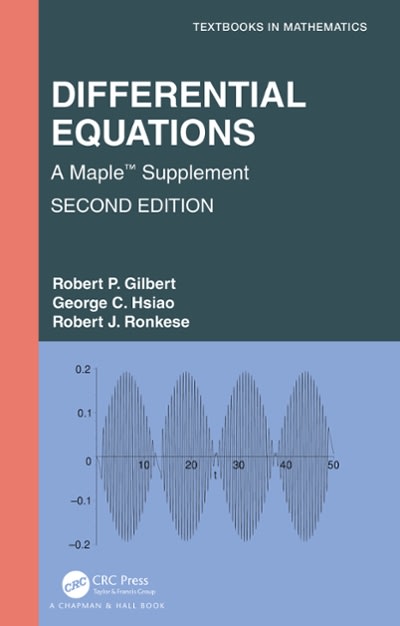Question
You are interested in the effects of time spent viewing television and Body Mass Index on cardiovascular fitness (CVF) in children. You have a sample
You are interested in the effects of time spent viewing television and Body Mass Index on cardiovascular fitness (CVF) in children. You have a sample of 60 middle school students. Each student reports on their average daily T.V. viewing (in hours).You also have a Body Mass Index (BMI) score for each of these individuals. As a measure of CVF, your dependent variable is their score on the PACER run (Progressive Aerobic Cardiovascular Endurance Run), a well-accepted measure of cardiovascular fitness in children. A higher PACER score (more completed laps) indicates better cardiovascular fitness (CVF). The results from your sample are below. Enter these data into SPSS and answer the following questions:
TV Time BMI PACER
1.00 19.00 30.00
1.00 18.00 30.00
1.00 20.00 29.00
1.00 19.00 28.00
1.00 20.00 26.00
1.00 19.00 25.00
1.00 18.00 25.00
1.00 20.00 22.00
1.00 21.00 23.00
1.00 25.00 18.00
1.00 23.00 21.00
1.00 22.00 20.00
1.00 27.00 15.00
1.00 26.00 17.00
1.00 21.00 22.00
2.00 18.00 25.00
2.00 19.00 24.00
2.00 25.00 18.00
2.00 27.00 14.00
2.00 28.00 14.00
2.00 26.00 15.00
2.00 24.00 18.00
2.00 25.00 16.00
2.00 20.00 21.00
2.00 22.00 20.00
2.00 18.00 25.00
2.00 19.00 26.00
2.00 18.00 24.00
2.00 22.00 20.00
2.00 21.00 22.00
3.00 28.00 12.00
3.00 29.00 11.00
3.00 30.00 10.00
3.00 28.00 11.00
3.00 26.00 12.00
3.00 25.00 13.00
3.00 22.00 20.00
3.00 18.00 25.00
3.00 19.00 21.00
3.00 19.00 26.00
3.00 20.00 25.00
3.00 27.00 9.00
3.00 26.00 11.00
3.00 21.00 21.00
3.00 20.00 22.00
4.00 31.00 9.00
4.00 20.00 23.00
4.00 20.00 22.00
4.00 23.00 21.00
4.00 22.00 20.00
4.00 24.00 18.00
4.00 31.00 12.00
4.00 30.00 11.00
4.00 29.00 14.00
4.00 28.00 15.00
4.00 27.00 17.00
4.00 29.00 13.00
4.00 31.00 10.00
4.00 22.00 21.00
4.00 24.00 18.00
- With TV time and BMI in the model, what percent of variance in CVF is accounted for (adjusted for inflation)?_____
- If I used TVtime and BMI to predict CVF and then correlated my predicted CVF scores with the observed CVF scores what would number would we get?______________
- What is the regression equation for this model (with all predictors entered)?
- What variable accounts for the most variance in CVF?
- For each unit change in BMI how much does CVF change?
- For each unit change in TV Time how much does CVF change?
- For each change of one standard deviation of TV time, how much does CVF change?
- For each change of one standard deviation of BMI, how much does CVF change?
- What number from the output reflects the error in prediction? _____(put in number)
- What percent of the variance in CVF is uniquely accounted for by TVtime? ____(put in number)
- What percent of the variance in CVF is uniquely accounted for by BMI?_____(put in number)
- What number is in the denominator of the t ratio for testing the significance of the predictor TVtime? _________
- What number is in the denominator of the t ratio for testing the significance of the predictor BMI? _________
- Are there problems with collinearity/multicolinearity? How do you know? Present evidence of all three criteria discussed in lecture.
Step by Step Solution
There are 3 Steps involved in it
Step: 1
To provide a comprehensive answer to your questions lets outline the steps needed to analyze the data using SPSS and then address each question onebyone Step 1 Data Entry in SPSS 1 Open SPSS 2 Create ...
Get Instant Access to Expert-Tailored Solutions
See step-by-step solutions with expert insights and AI powered tools for academic success
Step: 2

Step: 3

Ace Your Homework with AI
Get the answers you need in no time with our AI-driven, step-by-step assistance
Get Started


